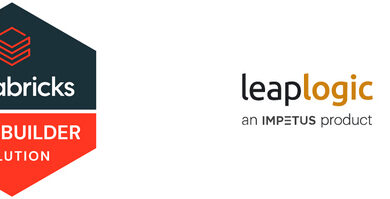
What does an SSL Wildcard Certificate entail?
A single certificate is considered to be an SSL/TLS Wildcard certificate if the domain name field contains a wildcard character, also known as an asterisk (*). Because of this, the certificate can be used to secure many hosts that are subdomains of the same base domain.
When a client checks the subdomain name in a certificate of this kind, it employs a method known as shell expansion to determine whether or not the subdomain name matches.
For instance, a wildcard certificate for *.(domainname).com could be used for www.(domainname).com, mail.(domainname).com, and store.(domainname).com, in addition to any other subdomain name in (domainname).com. This is because wildcard certificates are designed to cover any and all possible combinations of subdomain names.
Table of Contents
What distinguishes a SAN certificate from a Wildcard certificate?
A Subject Alternative Name (SAN) certificate can handle multiple host names and numerous domains. As they are not confined to a single domain, SANS certificates are more versatile than Wildcard certificates.
By combining wildcard ssl and their functionalities, you can secure a significantly larger number of domains and use them on any number of sub-domains.
As SAN, only non-Wildcard names may be added.
When should an SSL Wildcard Certificate be requested?
- The common name format for an SSL/TLS Wildcard Certificate is ‘*. (domainname).com’.
- Wildcard SSL certificate advantages
- Administrative Concentration
You must manage numerous SSL certificates by acquiring a separate SSL certificate for each subdomain. All certificates may expire on different dates, and it is difficult to keep track of them. You can get a RapidSSL wildcard certificate, it will cover all subdomains under a single domain. Simply administer a single SSL certificate and eliminate multiple SSL maintenance.
Reduced Administration Cost
Multiple steps comprise the life cycle of the SSL installation process, including purchase, SSL setup, authentication, and installation. Purchases are handled by account teams, who spend more time on multiple purchases. The technical team handles the configuration and implementation of SSL. An experienced network administrator may require at least 20 minutes to complete a single SSL step. For installing individual SSL certificates on ten subdomains, he will require approximately 200 minutes. In contrast, the installation of a wildcard SSL certificate will take only twenty minutes, and all 10 subdomains will be secured with SSL.
Money-saving
Separate SSL costs at least $10, therefore securing ten subdomains will cost you $100 if you get a separate certificate. As a wildcard SSL certificate is the least expensive option, costing only $34, you may save around 58%. In addition, the same wildcard SSL can be configured on various hosting servers at NO additional cost. In addition, you can secure an unlimited number of subdomains with a single wildcard SSL certificate.
Simplify SSL Renewal
All SSL certificates will eventually expire, and you will need to renew them to continue utilising them. The SSL renewal process is identical to a new purchase, requiring you to repeat the same steps. Separate SSL renewal will require additional installation time and cost extra money. Likewise, renewing a single wildcard SSL with minimal cost, time, and administration will secure all subdomains.
How do I add SAN?
SAN is an extra feature provided when your purchase of Wildcard SSL/TLS; you can add up to 250 SANs to a single certificate.
SSL/TLS Wildcard Certificates are compatible with all browsers and servers?
The majority of servers support SSL/TLS Wildcard certificates. If unsure, consult your server provider for more information.








